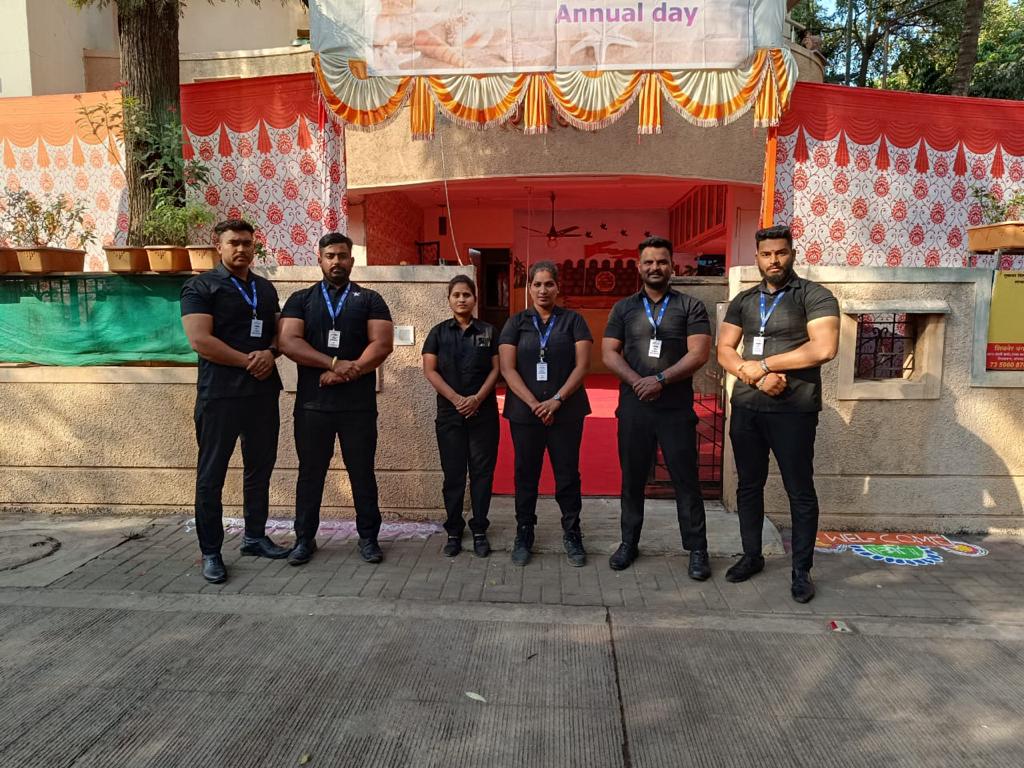In today’s rapidly evolving business landscape, organizations recognize that investing in their employees’ growth and development is essential for maintaining a competitive edge. Training and development programs have become integral components of human resource strategies, aiming to enhance skills, knowledge, and performance across all levels of an organization. This article explores the importance of training and development, its benefits, and key considerations for designing effective programs.
Training and development encompass a wide range of activities designed to enhance employees’ abilities and competencies. It involves equipping individuals with new skills, knowledge, and techniques that directly contribute to their performance and productivity. By offering training opportunities, organizations not only enhance the skills of their workforce but also improve employee engagement and job satisfaction. Moreover, it demonstrates a commitment to employee growth, fostering a positive work culture and attracting top talent.
The benefits of training and development are multifold. Firstly, it enhances employees’ skills and knowledge, enabling them to perform their tasks more effectively and efficiently. This leads to increased productivity and improved overall organizational performance. Secondly, training and development programs foster a learning culture within the organization, promoting continuous improvement and innovation. Employees who are encouraged to learn and develop are more likely to contribute fresh ideas and approaches to problem-solving.
By investing in their workforce, organizations enhance productivity, foster a learning culture, and improve employee engagement. Well-designed training and development programs address skill gaps, attract and retain top talent, and contribute to long-term organizational growth. As businesses continue to adapt to changing market dynamics, prioritizing training and development is essential for staying ahead in the competitive landscape
We Serve:
We conduct regular training of our guards in the following areas through experts/consultants
- Conduct in the public and correct wearing of uniform
- Fire fighting
- Crowd control
- First-aid
- Examining identification papers including identity cards, passports, and smart cards
- Patrolling
- Writing Notes and Reports
- Bomb Threats
- Access Control and Alarm Systems
- Working Safely
- Identification of improvised explosive devices and knowledge of preliminary steps to handle the situation
- Writing Notes and Reports
- Drop & Pickup
- Quick response
- You and the Law





